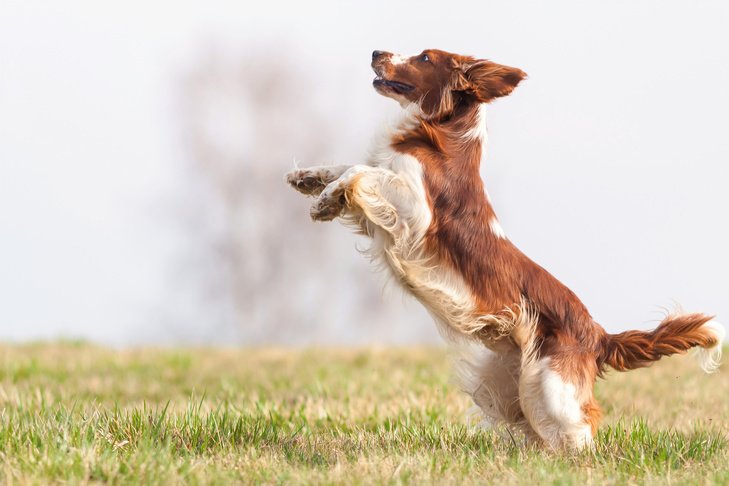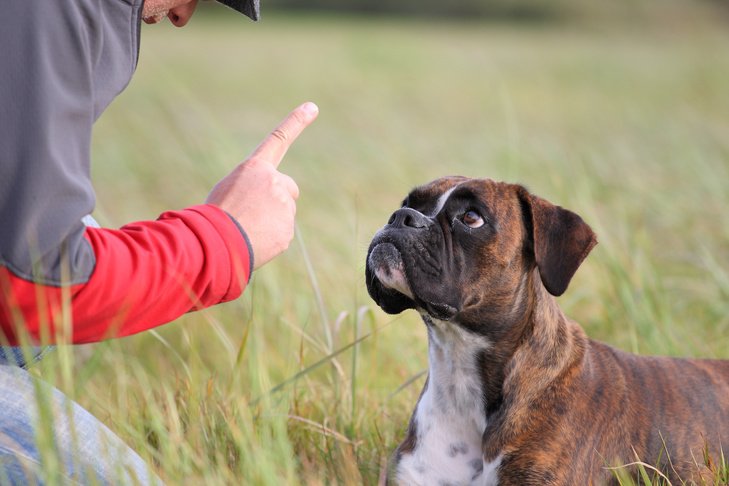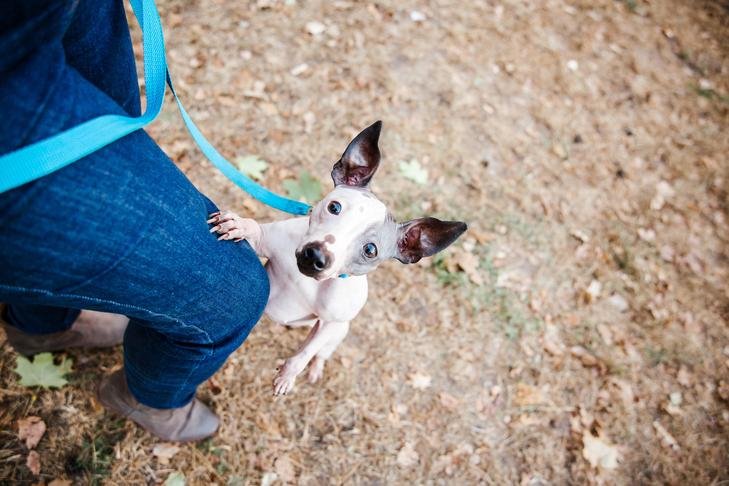For many dog lovers, few things are more heartwarming than coming home to a furry friend bursting with excitement. However, when that excitement turns into an all-out leap toward your chest or face, it can quickly shift from charming to chaotic. Whether it’s muddy paws on your clean clothes or the risk of your large dog toppling over a child or senior, jumping can be both messy and dangerous.
Fortunately, this common behavioral issue is manageable with the right strategies. Here’s a guide designed to help everyday pet owners put an end to jumping in a way that’s both effective and compassionate.
Why Do Dogs Jump in the First Place?
To understand how to stop the behavior, it’s important to know why it happens. Jumping is a natural way for dogs to greet you—especially since they want to be close to your face. It’s also a surefire way to get your attention, which is exactly what your dog wants.
But what starts as a well-meaning “hello” can quickly become problematic if left unaddressed. That’s why it’s essential to redirect this energy into more appropriate behavior.
Set a Clear Rule: All Four Paws on the Floor
The foundation of any training plan is clarity. Your dog needs to know exactly what you expect. A simple and effective greeting rule is this: no jumping, only four paws on the floor.
Choose a behavior that is physically incompatible with jumping—like sitting or standing calmly—and make that the standard greeting rule. Be consistent. If you reward calm behavior when you’re in casual clothes but react negatively when you’re dressed up, your dog won’t know what’s right.
Timing Is Everything: Reward the Right Behavior
Dogs learn by association, and they repeat actions that are rewarded. That’s why the moment your dog’s front feet hit the ground, you should shower them with positive attention—gentle words, pets, or even treats.
The quicker your reward comes after the correct behavior, the faster your dog connects the dots: “Four paws on the floor = attention.”
But here’s the flip side—if your dog jumps, withdraw your attention completely. Turn away, cross your arms, or calmly walk out of the room. The goal is to make jumping completely unrewarding.
Make It Easy to Get It Right
Training shouldn’t be a guessing game. Help your dog succeed by setting up situations where it’s easier for them to make the right choice. If they tend to jump the moment you walk through the door, be ready to cue them to sit immediately or toss a few treats on the floor to redirect their focus downward.

Most dogs can’t jump and sniff the floor at the same time—this trick can be surprisingly effective when timed well.
Always Acknowledge Good Manners
Even if it took your dog a few failed attempts before finally settling down, don’t skip the reward. Ignoring the right behavior because you’re still annoyed by the jumping sends a mixed message. Be patient and consistent. Over time, your dog will learn that calm behavior earns love, while jumping doesn’t.
Don’t Use Physical Punishment
It might seem natural to push your dog away or grab their paws when they jump, but doing so can backfire. Physical contact—positive or negative—is still attention. Some dogs even interpret it as play and will jump more enthusiastically in response.
Similarly, techniques like kneeing your dog in the chest not only confuse them but can also harm your relationship. Punishment doesn’t teach your dog what to do—it just tells them what not to do, often in a scary or painful way.
Keep Greetings Calm and Cool
Dogs mirror our emotions. If you walk in the door and get your pup hyped up with an excited voice and energetic movements, they’ll match your energy—and probably jump.
Instead, try to keep your arrival low-key, at least while your dog is still learning. Quiet praise, soft petting, and a calm demeanor help set the tone for a polite greeting.

Manage Their Environment to Prevent Jumping on Guests
You may be consistent, but what about your visitors? A friend who excitedly encourages jumping can undo your hard work. The solution? Use tools like leashes, crates, baby gates, or designated “place” commands to control the environment.
Before opening the door to guests, send your dog to their mat or crate. Once they’re calm and settled, you can allow a controlled greeting.
Coach Your Guests, Too
Don’t hesitate to let friends and family know your dog’s greeting rule. Ask them to ignore your dog unless they’re following it. If your dog isn’t ready for that level of distraction, skip greetings with strangers for now and practice only with trusted people who can help reinforce the rules.
Celebrate Progress—Even the Small Wins
Training takes time, and every dog learns at their own pace. What’s most important is that you’re consistent, patient, and positive. With each calm greeting, your dog gets a little closer to understanding the polite way to say “hi.”
If you find yourself needing more support, consider reaching out to professional trainers or services like AKC GoodDog! Helpline, which offers personalized training advice via phone or video.

Final Thought:
Your dog isn’t trying to be bad—they’re just trying to connect. With the right approach, you can teach them a better way to express their excitement without leaping into your arms. And that’s a win for everyone involved.


